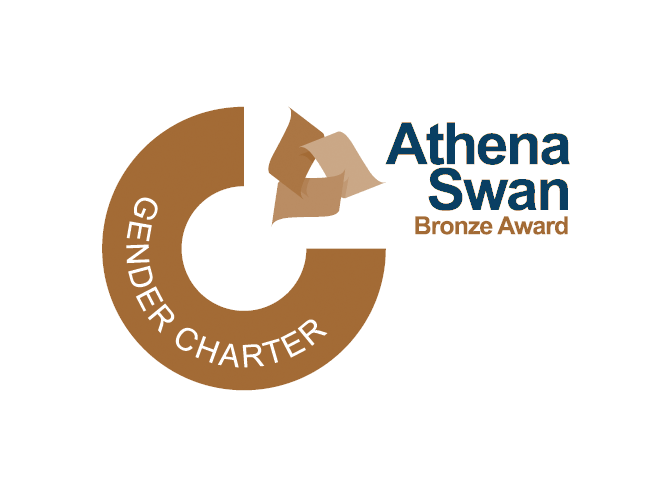As a form of computer graphics, vector graphics represents visual content based directly on geometric shapes (via command lines and arguments), and is widely used in scientific and artistic applications, including architecture, surveying, 3D rendering, typography, and graphic design. Compared with raster graphics, vector graphics is preferred when a high degree of geometric precision is required across arbitrary scales, among which Scalable Vector Graphics (SVG) is a popular vector graphics file format extensively employed in creative industries. Generally, creating SVG content is difficult for non-professional users. It is tedious and time-consuming to gain adequate knowledge of SVG grammars and/or master professional editing software such as Adobe Illustrator. This seminar aims to provide a basic introduction to how recent advances in deep learning are used to improve vector‑graphics generation, animation, and vectorization.
Zoom link:
https://cam-ac-uk.zoom.us/j/89875598428?pwd=rzzh5WOnK49HSeaO0I2Wsbz7EgDFbB.1

